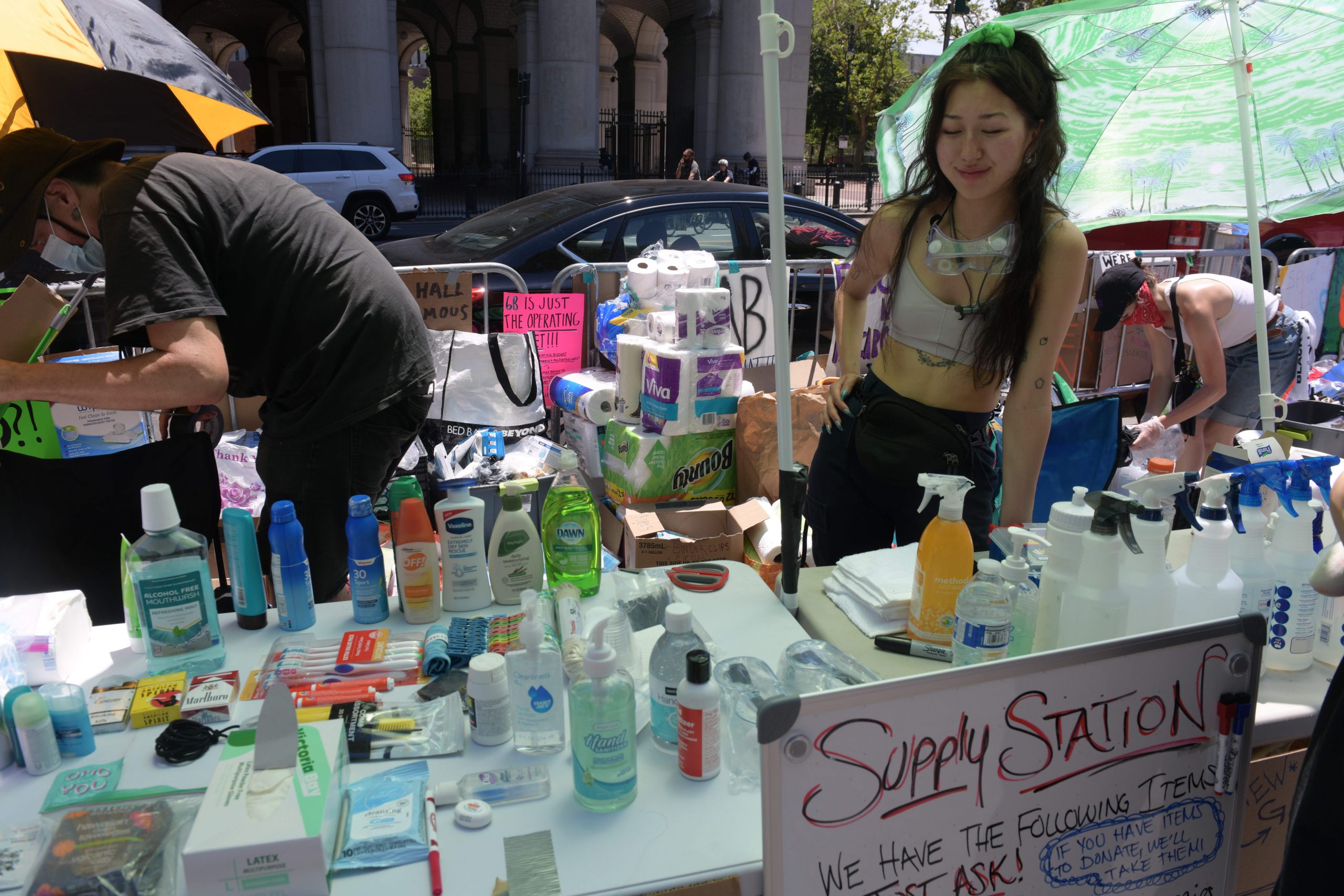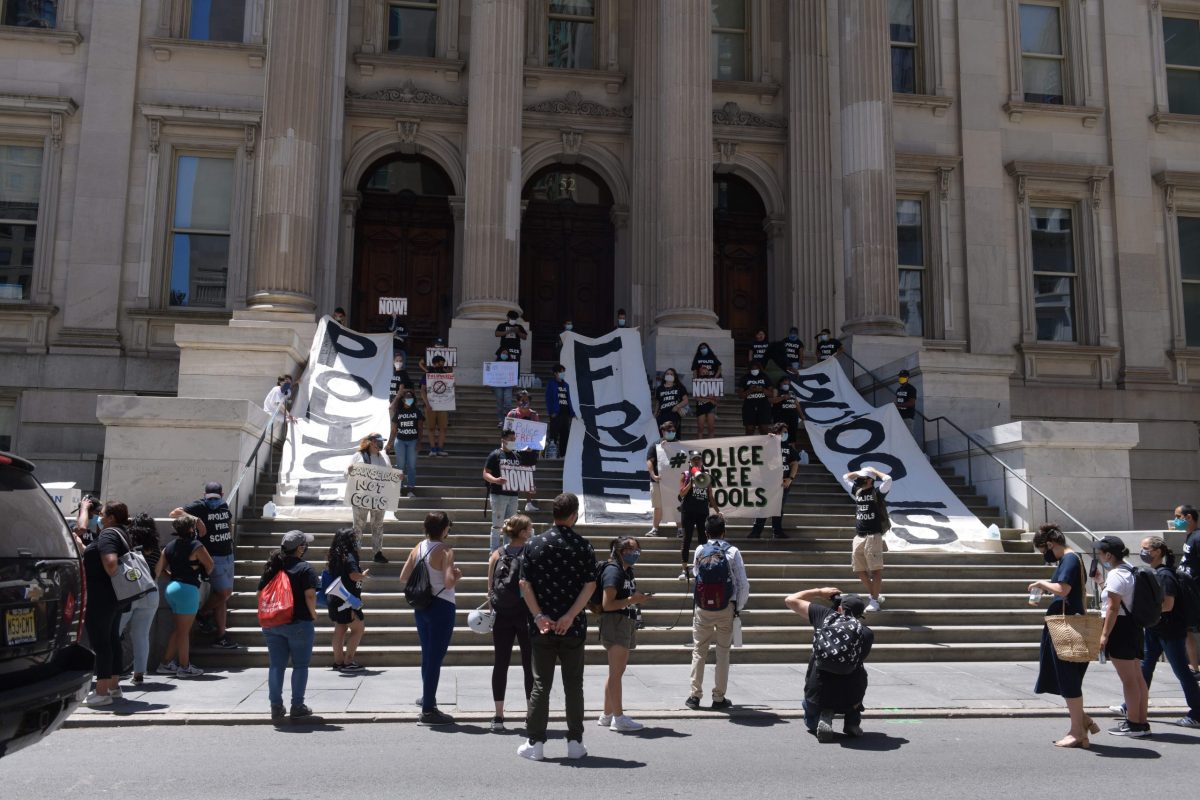Protestors jammed the steps of the Department of Education’s Tweed Courthouse headquarters on Thursday afternoon, led by City Council members who demanded that the NYPD — including school safety agents — be removed from all city school buildings.
The protest came as the City Council prepares a budget with the mayor that proposes major cuts to the NYPD. However, proposed cuts are widely varied from a few hundred million dollars, a billion over four years to a billion in a year.
Brooklyn Councilmembers Antonio Reynoso and Carlos Menchaca both demanded the NYPD surrender a billion dollars from their $6 billion budget, which officials say would result in massive layoffs of police officers and reduction of police services throughout the city.
Some leaders also say elimination of school safety officers would “leave our schools unprotected.”
The rally was organized by the Urban Youth Collaborative, a city-wide umbrella organization that brings together other groups into a cohesive force for changes in city policy. The UYC seeks to remove police presence in schools and take funding from the NYPD and use it for mental health services, social services, and student recreation and education.
The group has been part of much of the demonstrations and marches throughout the city in recent weeks, seeking changes in policing. policies and tactics after the death of George Floyd at the hands of Minneapolis police officers in May.
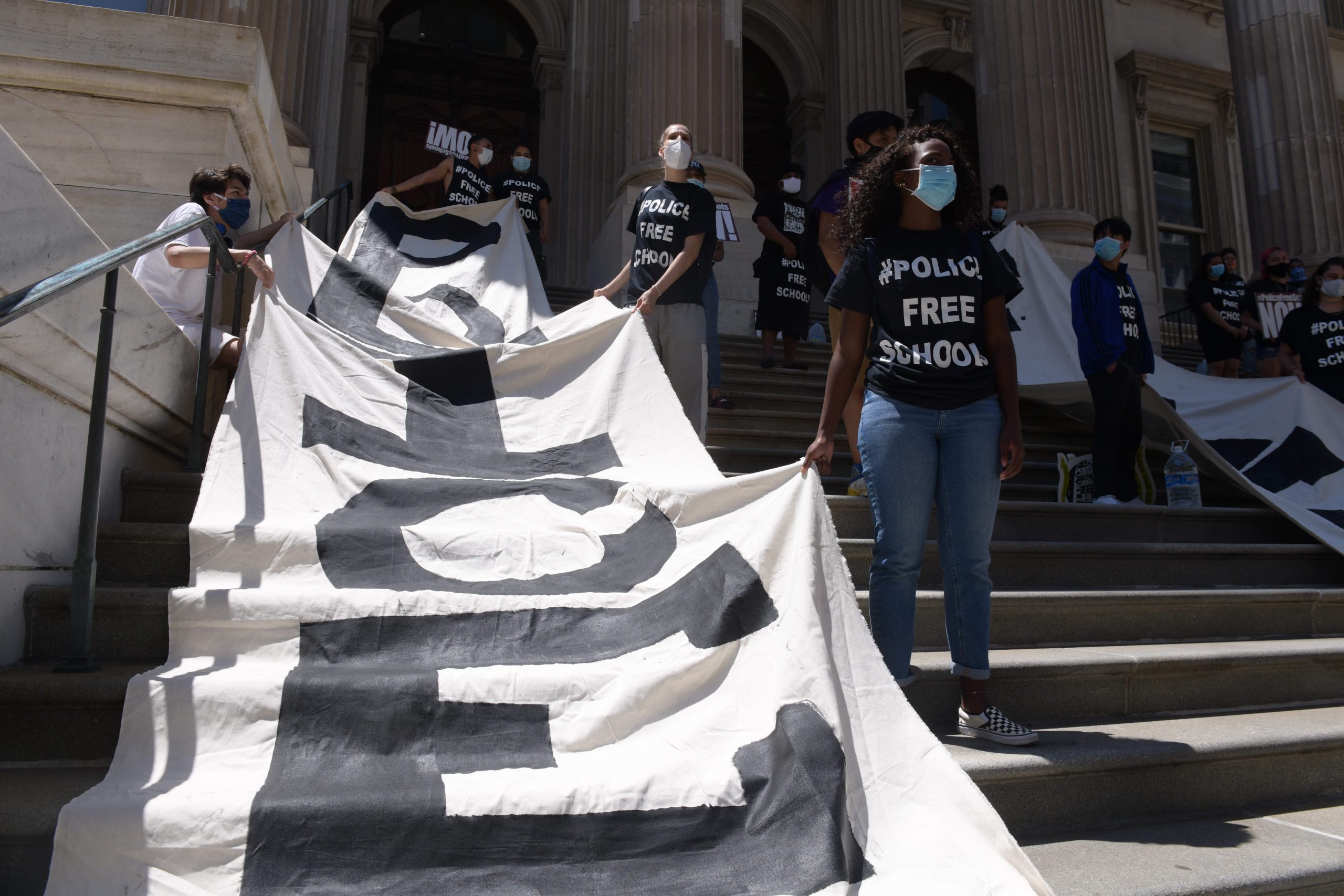
Reynoso of Brooklyn took a hard line against either police or school safety agents in city schools, saying “we are talking about a very few who bring a knife to school.”
However, weapons busts in city schools hit a five-year high in 2018 and have spiked by 26% since 2014, according to NYPD data. Also, a total of 2,903 “dangerous instruments” were intercepted across all five boroughs during the 2017-2018 academic year, up sharply from 2,292 in 2013-2014, the figures show.
But Reynoso called the statistics on the number of weapons seized in schools as “mere antidotes” and “propaganda tools.” He charged that making schools safer is done by “changing the culture.”
“To be honest, the cops in our schools invite this type of interaction our schools are more like prisons than educational systems,” Reynoso said.
The lawmaker further claimed that mass school shootings — such as incidents from Columbine, CO in 1999 to Parkland, FL in 2018 — “happened largely by white students in white schools with white killers” while “the enforcement is largely happening in black and brown communities, and we haven’t had any massacres in the city of New York.”
Yet shootings, on a smaller scale, have occurred inside or near schools across New York City.
On June 3, 2020, three children were shot in front of P.S. 37 in St. Albans Queens – the shooting occurred outside because the suspect could not bring the gun into the school because of school safety doing scanner checks.
On February 8, 2018, a student was arrested in a Bronx High school firing a gun in school. On Jan 15, 2002, teenager Vincent Rodriguez shot and two fellow students inside Martin Luther King Junior High. According to CNN, there were 45 school shootings in 2019.
In 10 years, national statistics show 180 school shootings and 356 victims.
New York City public schools logged 464 “major crimes” in including murder and 1,104 violent crimes such as rapes, robberies and assaults, newly released data for the 2017-18 academic year shows.
And there were nearly 5,000 incidents that the Department of Education classified as “non-criminal,” including pot possession, disorderly conduct, and harassment, the data shows from 2018.
Also, data released in 2019 by state Comptroller Tom DiNapoli showed 17,991 incidents out of 32,084 statewide came from New York City public and charter schools — or 56% of the state’s total.
That’s out of 1,817 city schools, which serve 1.1 million pupils — 40% of the state’s 2.7 million students.
Menchaca of Brooklyn echoed Reynoso, saying its time to remove the NYPD from schools.
“What I’m saying is we don’t need the police in our schools, we need counselors in our schools – this is a national movement that has already been thought of and what we don’t need in schools is police,” Menchaca said.
“School safety agents have created an unsafe environment and we have been told that police have no way to deescalate issues in schools – what is really happening in schools is hunger, lack of resources, and mental health and what I think about is the concept of safety what I know is the status quo doesn’t work,” Menchaca added.
He suggested having people who have “different kind of training — what we are not focusing on the people who are being educated and the second you do that, everything changes — then things change on the way you think about security.”
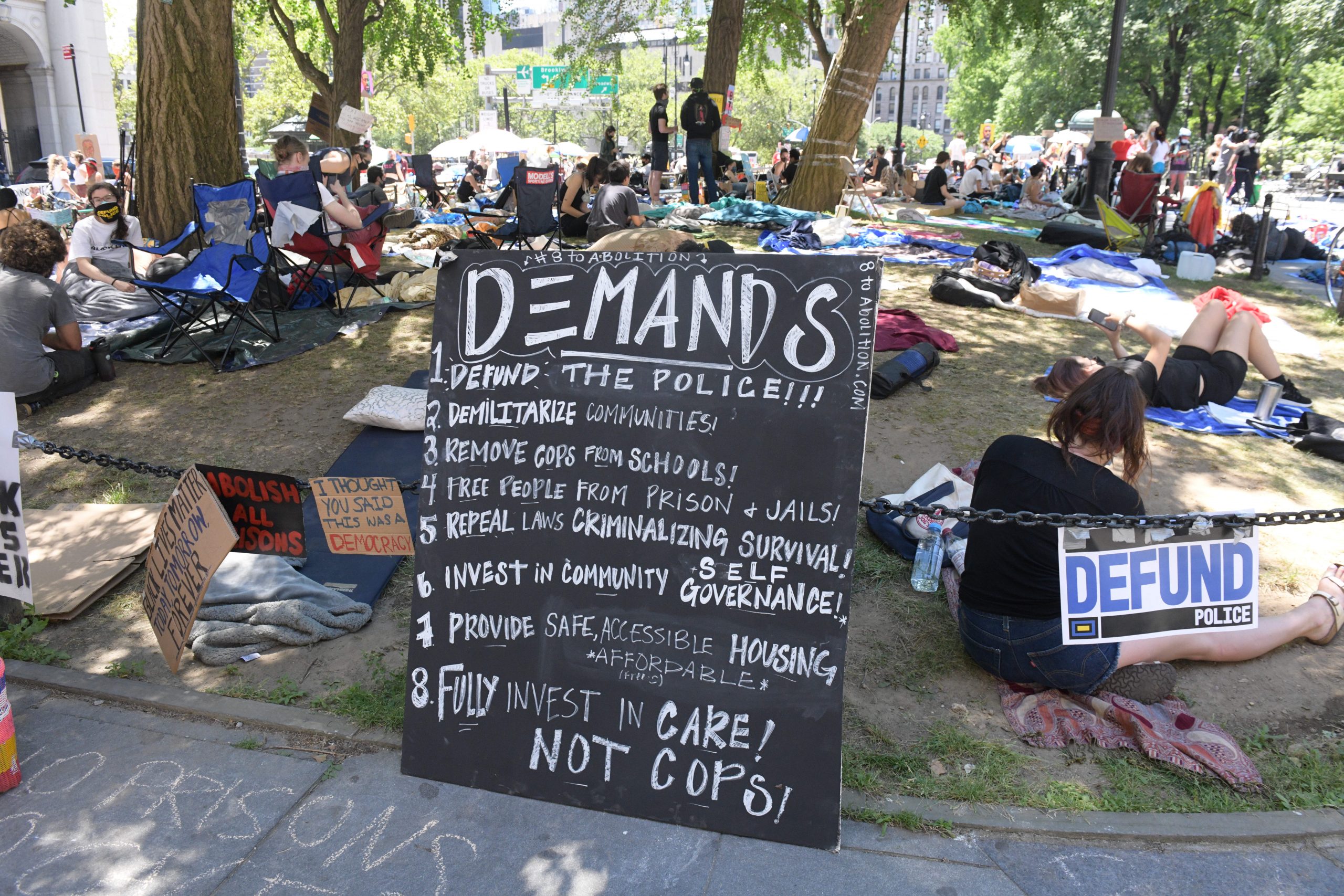
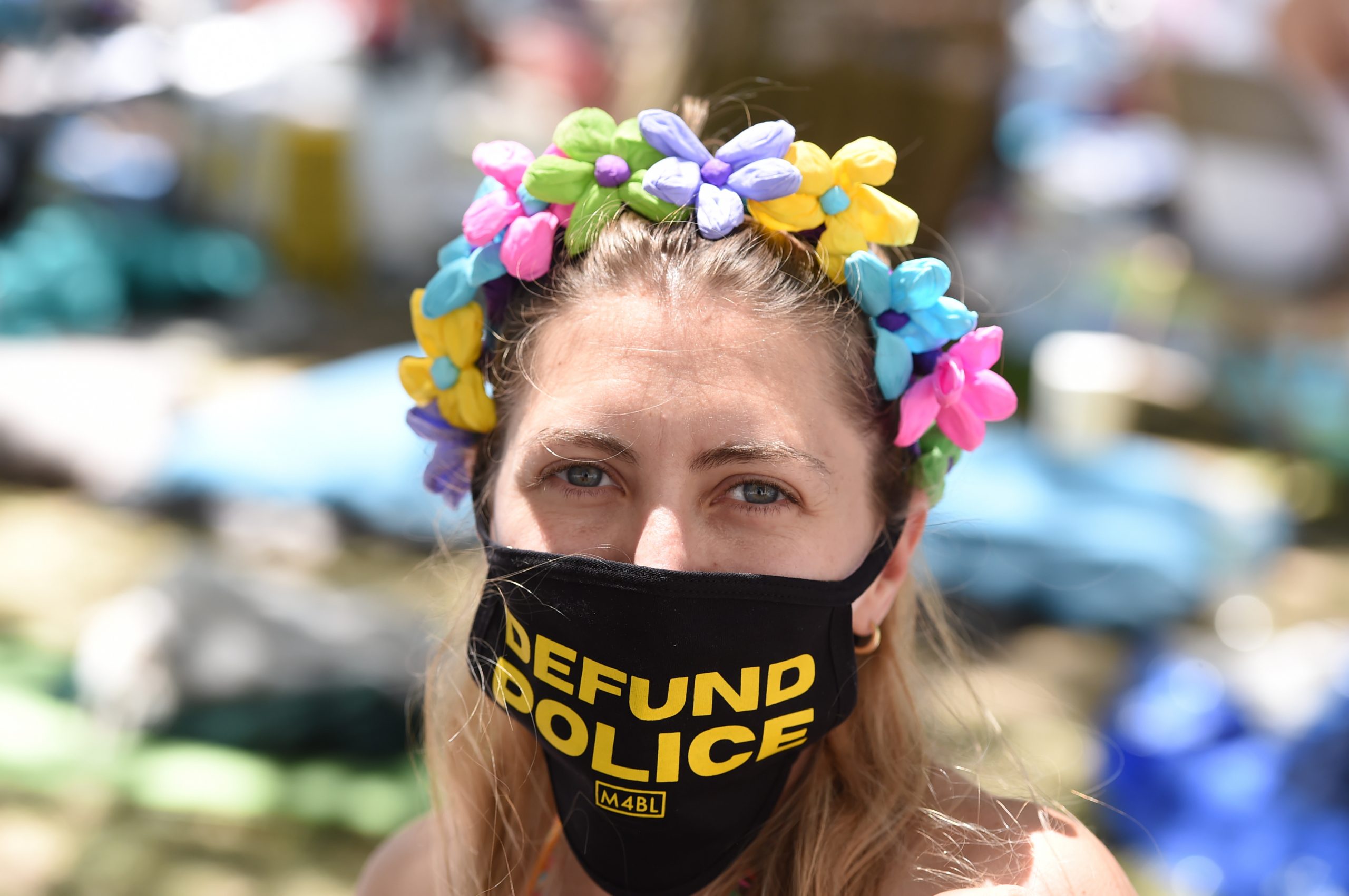
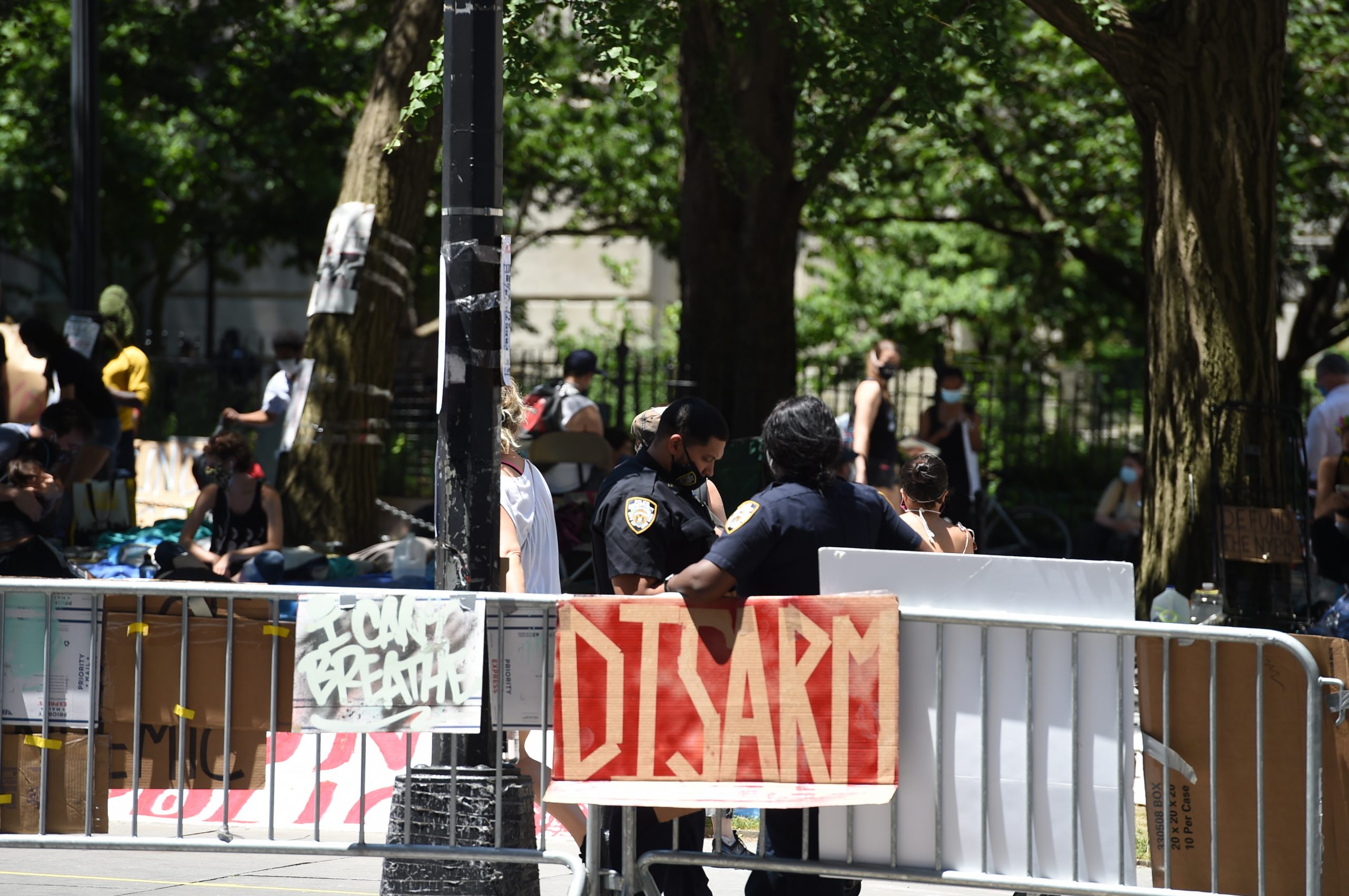
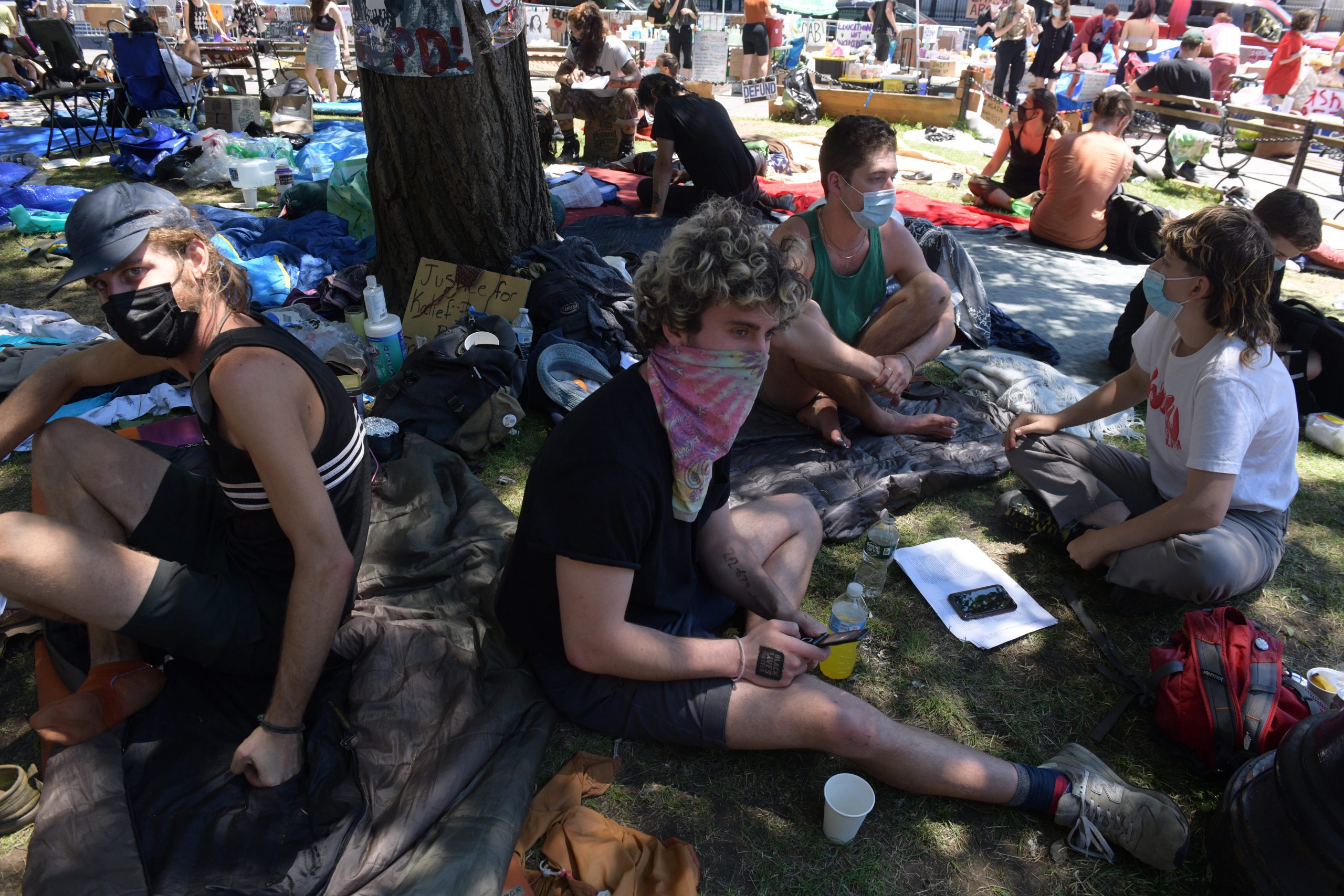
UFT President Michael Mulgrew said in a recently-published story, “The safety of students and staff is our first priority. If people have an alternative suggestion to better ensure that safety, we are willing to discuss it.” The UFT previously participated in a city-run Diversity Advisory Group, where it recommended the Department of Education conduct a transition study on the logistics of taking school security over from the NYPD.
The UFT would not comment directly on this story.
Meanwhile, protests continued outside City Hall, with about 100 protestors camping out on a small triangle of grass and on concrete seeking to “defund” the police by a billion dollars. Other officials have called for lesser cuts in the NYPD budget including Comptroller Scott Stringer seeking a billion dollars over four years.
Brooklyn Borough President Eric Adams, a former NYPD captain said savings can be obtained from reductions in overtime of up to 10 percent, civilization of many police roles (cops already removed from vendor patrol) that could save up to $200 million and stronger forensic auditing of the department to find more savings.
